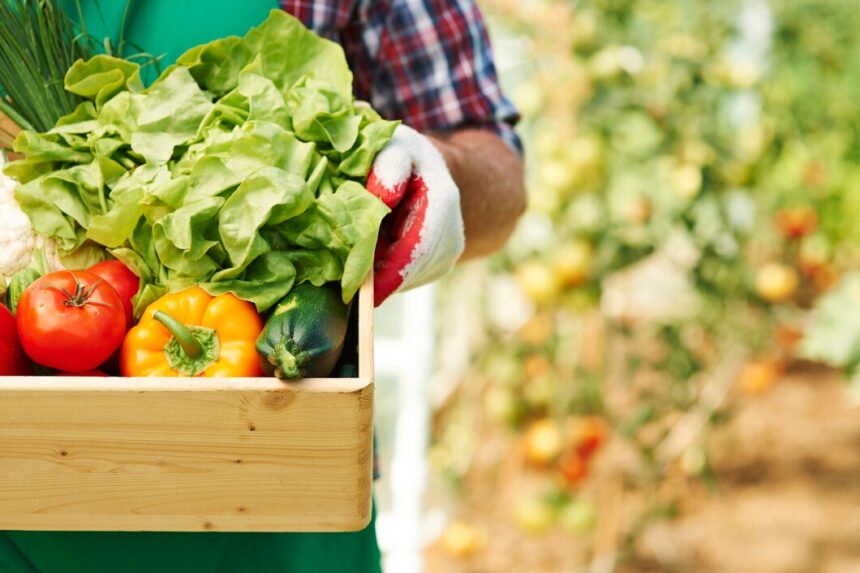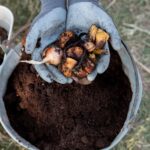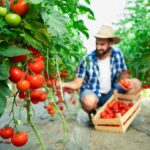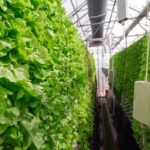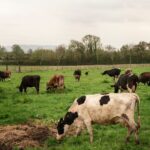Vegetable farming is a lucrative venture in South Africa, providing essential food crops for local markets and export. However, many farmers encounter challenges that lead to reduced yields, poor quality, and financial losses. Identifying and avoiding common mistakes can significantly improve productivity and profitability. Here are 10 common mistakes in vegetable farming and practical tips to overcome them.
1. Choosing Unsuitable Crops for the Region
Mistake: Planting crops that are not suited to the local climate, soil, or water availability.
Solution: Choose vegetables that thrive in your region’s specific conditions. For instance, leafy greens like spinach do well in cooler climates, while tomatoes and peppers prefer warmer conditions. Consult local extension officers or agricultural experts for advice on the best crops for your area.
2. Neglecting Soil Preparation
Mistake: Planting vegetables in poorly prepared soil can lead to poor growth and low yields.
Solution: Conduct a soil test to understand its nutrient content and pH level. Add organic matter like compost or manure to improve fertility. Loosen the soil to ensure proper root penetration and aeration.
3. Overcrowding Plants
Mistake: Planting vegetables too close together limits airflow and creates competition for sunlight, nutrients, and water.
Solution: Follow the recommended spacing for each crop. For example, cabbage requires 30–50 cm spacing between plants, while carrots need about 5 cm. Proper spacing promotes healthy growth and reduces disease spread.
4. Poor Water Management
Mistake: Overwatering or underwatering is a common problem that can damage crops or stunt growth.
Solution: Implement efficient irrigation systems like drip irrigation, which delivers water directly to the roots and minimizes waste. Monitor soil moisture regularly and adjust watering based on weather conditions and crop requirements.
5. Ignoring Crop Rotation
Mistake: Growing the same vegetables in the same soil year after year depletes nutrients and encourages pests and diseases.
Solution: Practice crop rotation to break pest and disease cycles and improve soil health. For example, alternate legumes (beans, peas) with leafy greens or root crops.
6. Inadequate Pest and Disease Management
Mistake: Failure to control pests and diseases early can lead to significant crop losses.
Solution: Use an integrated pest management (IPM) approach that includes crop monitoring, natural predators, and targeted pesticide use. Keep an eye out for signs of infestation, such as holes in leaves or discoloration, and act promptly.
7. Using Low-Quality Seeds or Seedlings
Mistake: Planting low-quality seeds or seedlings reduces germination rates and yields.
Solution: Source seeds and seedlings from reputable suppliers. Look for certified disease-resistant varieties and those suited to your region. Conduct germination tests before planting to ensure seed viability.
8. Skipping Fertilization or Overusing Fertilizers
Mistake: Under-fertilizing leads to nutrient deficiencies, while over-fertilizing can burn plants and harm the environment.
Solution: Base your fertilization plan on soil test results. Apply fertilizers at the recommended rates and at the right time to match the crop’s growth stages. Use organic options like compost or liquid manure for sustainable nutrient management.
9. Harvesting at the Wrong Time
Mistake: Harvesting vegetables too early or too late reduces their marketability and shelf life.
Solution: Harvest vegetables when they reach their peak maturity. For example, pick tomatoes when they are fully colored but firm, and harvest leafy greens like spinach when the leaves are young and tender.
10. Poor Post-Harvest Handling
Mistake: Mishandling vegetables after harvest causes spoilage, bruising, and quality loss.
Solution: Handle vegetables carefully to avoid bruising. Wash and cool produce immediately after harvesting to extend freshness. Store vegetables in well-ventilated, cool areas or invest in cold storage for perishable crops like lettuce and broccoli.
Tips for Success in Vegetable Farming
- Plan Your Farm Layout: Design rows and pathways to maximize space, facilitate irrigation, and improve accessibility for planting and harvesting.
- Invest in Mulching: Use mulch to conserve soil moisture, suppress weeds, and regulate soil temperature.
- Train Your Workers: Educate farmworkers on proper planting, pest management, and harvesting techniques to avoid unnecessary losses.
- Monitor Weather Patterns: Stay informed about local weather conditions to prepare for frost, drought, or heavy rains.
- Market Smartly: Establish connections with buyers before harvesting to ensure a steady market for your produce.
Vegetable farming in South Africa can be highly profitable when done correctly. By avoiding these common mistakes and adopting best practices, farmers can improve yields, reduce losses, and achieve sustainable growth. Whether you’re a small-scale farmer or managing a large operation, staying informed and proactive is key to success.
Join 'Farmers Mag' WhatsApp Channel
Get the latest Farming news and tips delivered straight to your WhatsApp
CLICK HERE TO JOIN
